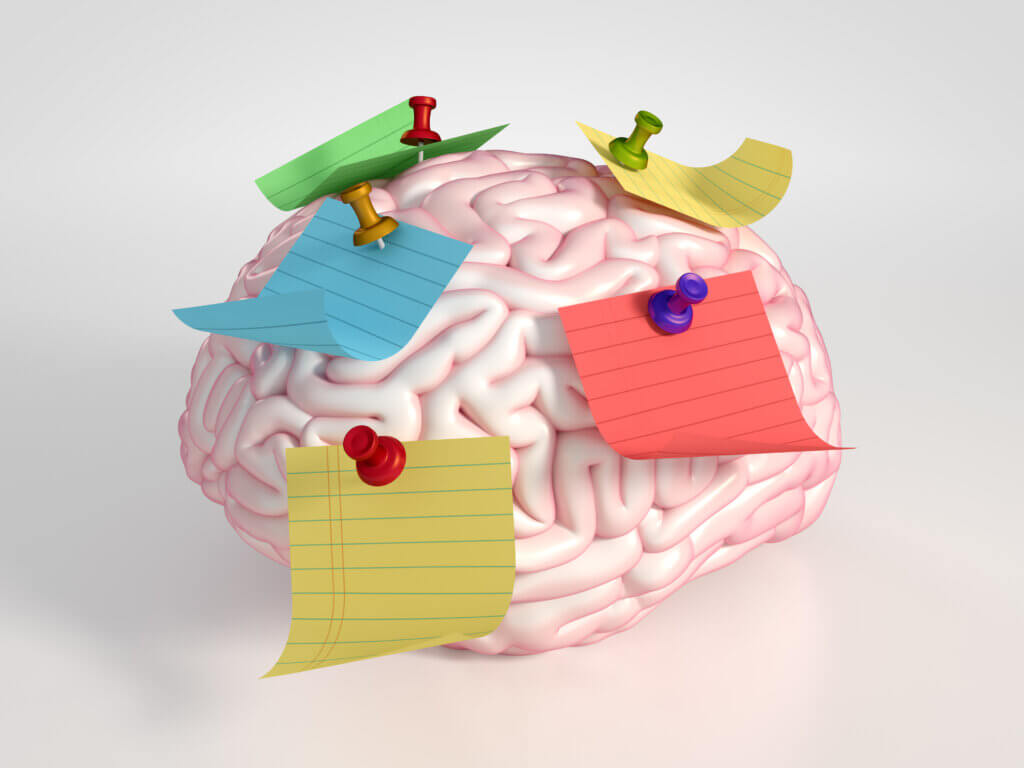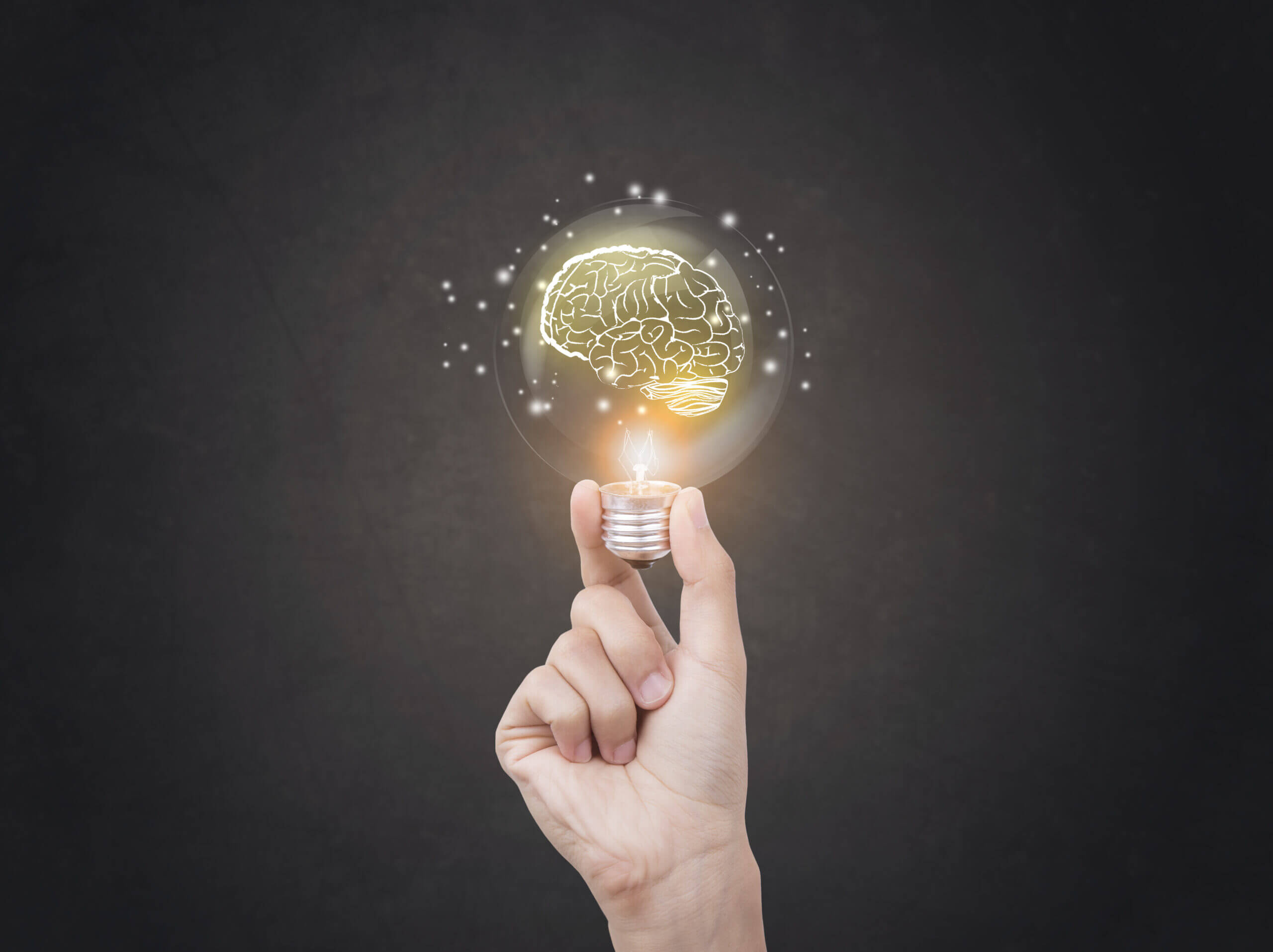There are many things we do without paying attention to them. These are actions that we have already done many times and are now performed automatically, without consciously choosing how to do them. For example, putting on socks (right foot first or left?), driving a car, or walking from work to home. This happens because these behaviors have become habits. The great advantage of habits is that they require very little attention from us.
So, what are these habits, and how do they manifest in the brain?
When we walk in familiar places, we can completely ignore what happens along the way. The familiar route is “burned” into our brains so strongly that some of us can walk it with our eyes closed (although it’s not recommended to try this at home…). Similarly, every new behavior creates a specific neural pathway—from point A to point B—within the nervous system. When we repeat the behavior over and over, we strengthen the neural pathway associated with that behavior until the connection becomes strong and the action becomes automatic. For example, when we learn to drive a manual transmission car, initially we consciously and carefully shift gears. After many attempts, once our brains become familiar with and learn this behavior, the new neural pathway will operate automatically without conscious thought. At this point, we no longer need to pay attention to shifting gears; we will do it automatically, without devoting any thought to it.
Imagine if you had to perform every activity consciously: activating and releasing the laces while tying your shoes, lifting and lowering your legs while walking… It would be exhausting! A person who focuses on the physical aspects of walking will not be free to enjoy the scenery.
As mentioned in the previous paragraph, when we are learning something new, we consciously perform the various parts of the new task. At this stage, the execution is controlled by the “higher” regions of the brain (the frontal part located behind the forehead). Once the task becomes a habit, control over the behavior shifts from the “higher” regions to the “lower” regions of the brain, which require less attention and energy (located in the more internal part of the brain). In this way, the higher regions remain free to learn and process new information even while performing the task we have already learned. This is actually the purpose behind turning behaviors into automatic habits—to allow the higher regions of the brain to be free to learn and process new information.
How do we design new habits?
To create a new habit, we need to ensure that it has three components: a cue, a behavior, and a reward. The cue is something that triggers the behavior. For example, the sound of a notification on your phone reminding you to check it. In this example, the behavior is reading the message, and the cue is the sound associated with it. The reward is the reinforcement for the behavior—the positive feeling that follows. In this example, the reinforcement is the sense of being updated and involved.
When designing new habits, there is no substitute for repetition. According to research in the field, you need to repeat the desired behavior continuously for 21 consecutive days for it to become a habit.
So, let’s say you want to incorporate 30 minutes of walking into your daily routine. First, you need to create a cue or trigger that reminds you of what you want to do. Such a cue could be setting an alarm clock for the time you want to go for a walk and placing your sports shoes next to it. This way, when the alarm rings and you go to turn it off, the shoes will be there to remind you to go for a walk. It is crucial not to let the cue lose its meaning and become background noise. Treat it as someone who is currently overseeing you, telling you to get up and go for a walk, without postponing it. Now, after going for a walk, try to focus on the positive feeling it brings to you. This is your reward for following the cue. At the end of the walk, you can add an additional reward for completing the task—such as giving yourself a pat on the back with the addition of a “well done” or preparing a “victory coffee” for yourself. The first, second, and third times you do this, it may be a bit challenging. But as you do it more, the behavior will become more natural and automatic, and its reward will be ingrained. It is recommended to perform the new activity at a specific time or attach it to another habit, such as a meal, a club, social activity, etc. After 21 days of doing this, you will no longer struggle with lacing up your sports shoes and going for a walk. Some of you may even enjoy it and feel disappointed if they cannot do it.
Creating new habits is similar to building a new highway. It takes 21 days during which there may be some traffic jams and congestion, but once you overcome them, you’ll notice that the traffic on the new highway flows smoothly and even eases the traffic on other roads. Unlike real highways, our brains have no limit to the number of new pathways they can create. The ability to shape our brains to support the behaviors we want to adopt allows us to improve the quality of our lives and live as we’ve always desired. It takes 21 days, and it’s worth it.
How Habits Change Your Brain



